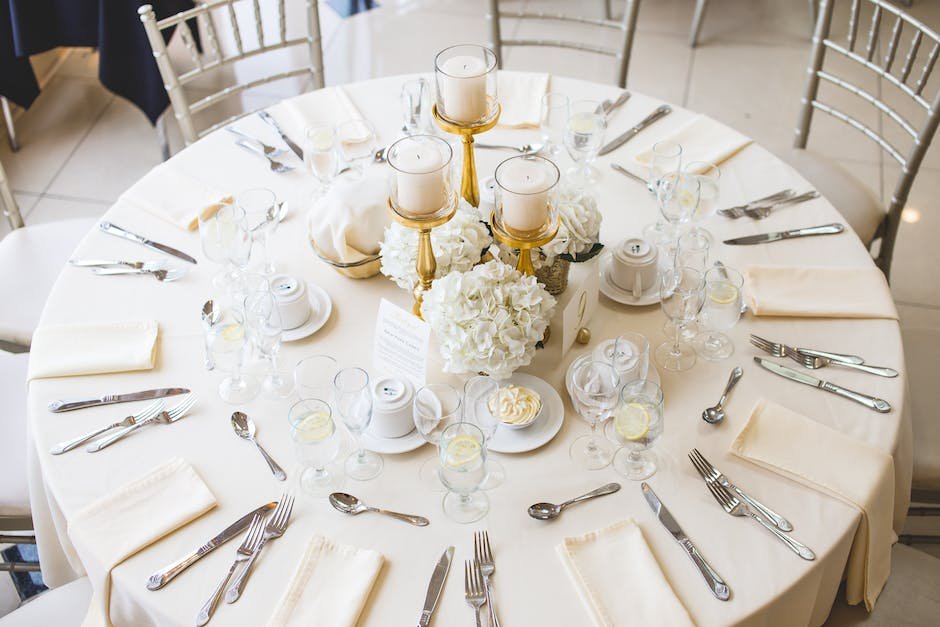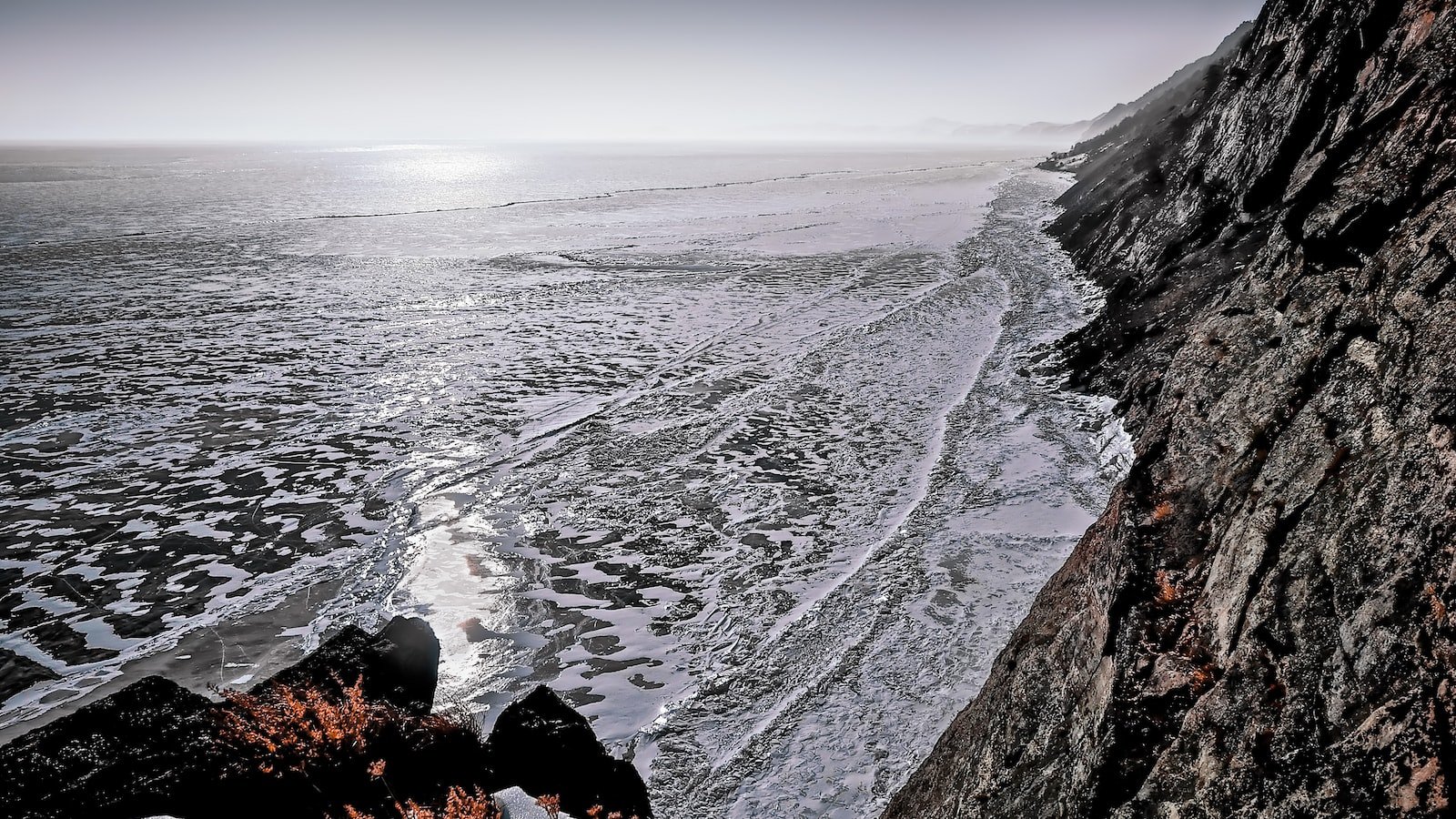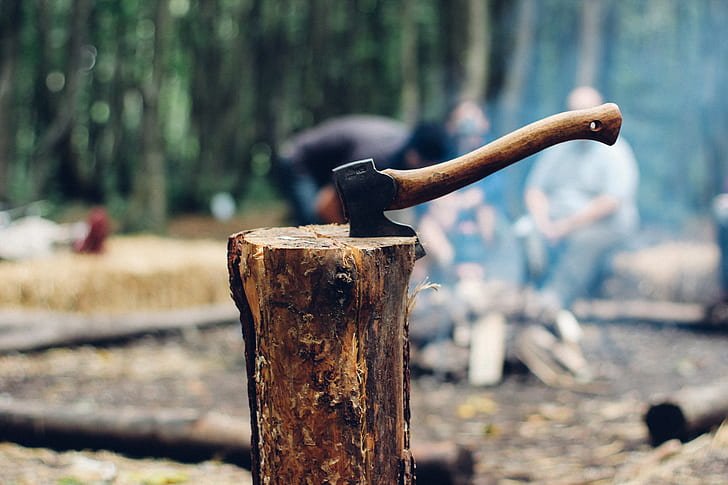Now Reading: How to Build an Off-Grid Cabin on a Budget
-
01
How to Build an Off-Grid Cabin on a Budget

How to Build an Off-Grid Cabin on a Budget
Deep in the untamed wilderness, where the crisp mountain air stirs a primal sense of freedom, lies the dream of building an off-grid cabin. Be it a sanctuary to escape the chaos of modern life or an adventurous retreat to reconnect with nature, constructing your own humble abode amidst the tranquil solitude is an inspiring notion. However, the ever-looming budget constraints can often douse this flame of aspiration. Fear not, intrepid souls, for within this article lies the secrets to manifesting your off-grid haven without breaking the bank. So, gather your determination and let us embark on a journey to discover the art of building an off-grid cabin on a budget.
Table of Contents
- Finding the Right Location for Your Off-Grid Cabin
- Designing a Cost-Efficient Cabin Layout That Meets Your Needs
- Identifying Budget-Friendly Building Materials and Techniques
- Harnessing Renewable Energy Sources for Off-Grid Power Supply
- Implementing Clever Water and Waste Management Systems for Long-Term Sustainability
- Q&A
- Wrapping Up

Finding the Right Location for Your Off-Grid Cabin
Embarking on the journey of building an off-grid cabin is an exciting endeavor, but finding the perfect location is crucial to ensure a harmonious coexistence with nature. Here are a few factors to consider when choosing the ideal spot for your rustic retreat:
- Natural Surroundings: Immerse yourself in the beauty of untouched landscapes by opting for a location that boasts breathtaking views, varying terrain, and abundant wildlife. Whether it’s nestled in the midst of forested mountains, overlooking a serene lake, or tucked away in a sunny meadow, let nature be your inspiration.
- Sustainability: Look for a location with access to sustainable resources such as reliable water sources, ample sunlight for solar panels, and potential wind energy. These eco-friendly options will not only reduce your carbon footprint but also ensure long-term sustainability for your off-grid lifestyle.
- Privacy and Accessibility: Strike the right balance between seclusion and convenience. Consider how far away the nearest town or amenities are, ensuring you have easy access to supplies while still maintaining the privacy and solitude you crave in your off-grid escape.
- Zoning Regulations and Permits: Conduct thorough research to familiarize yourself with local zoning regulations and permits that may affect your cabin construction plans. Ensuring compliance with these requirements will save you headaches and potential legal issues down the road.
- Topography and Soil Quality: Assess the topography of the land to determine the feasibility of construction and functional design for your cabin. Additionally, examine the soil quality to determine if it can support any desired landscaping or cultivation projects.
By carefully considering these factors, you will be one step closer to finding the perfect location where you can disconnect from the chaos of everyday life and connect with the serenity of off-grid living.
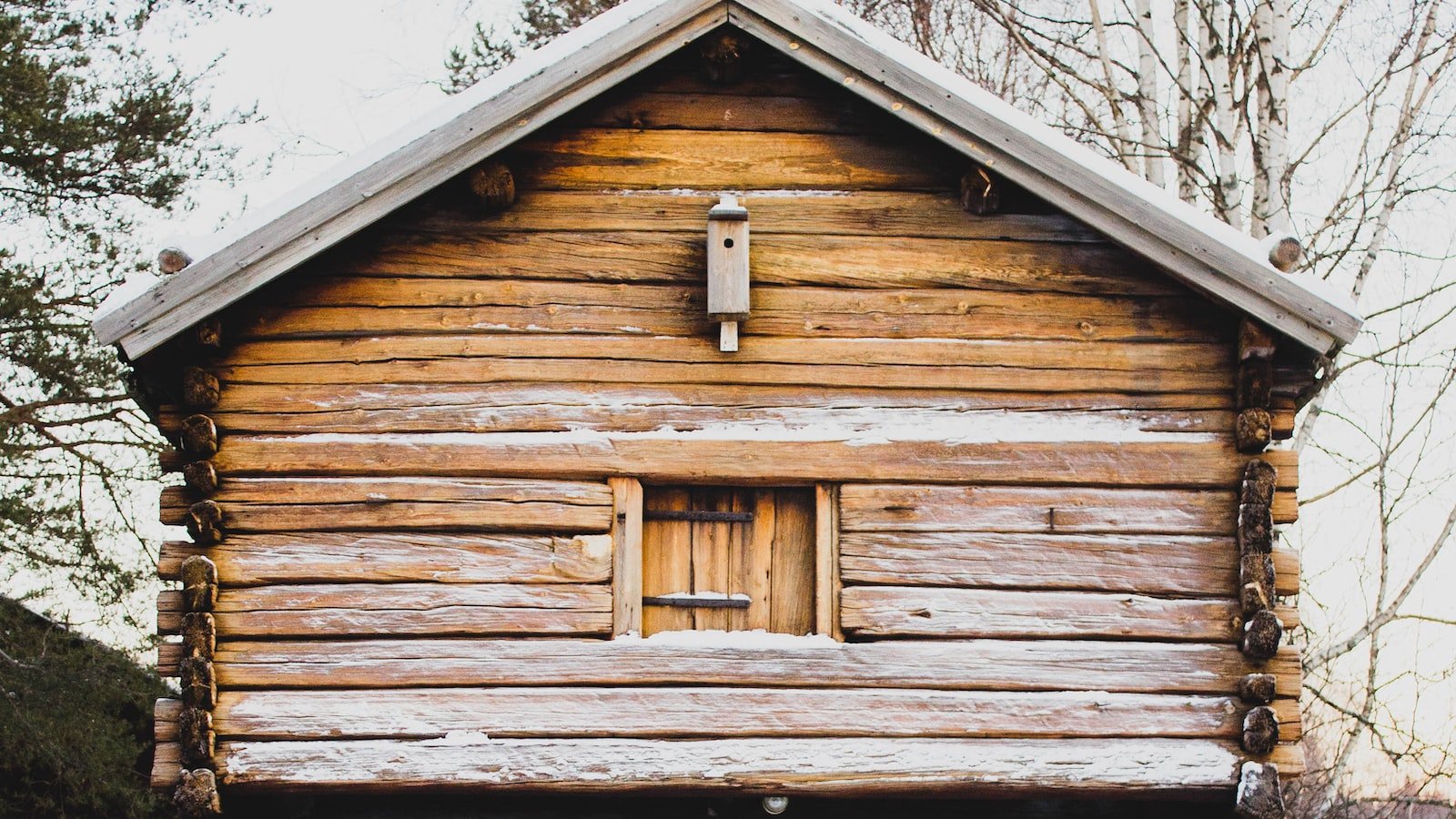
Designing a Cost-Efficient Cabin Layout That Meets Your Needs
When it comes to designing your cabin layout, finding the right balance between cost-efficiency and functionality is key. Whether you are building a new cabin or renovating an existing one, careful planning can help you optimize your space and create a comfortable environment that perfectly suits your needs.
Consider incorporating the following elements into your cabin layout design:
- Space optimization: To make the most of your cabin’s square footage, think strategically about furniture placement and storage solutions. Utilize multifunctional furniture pieces with built-in storage, such as ottomans or bed frames with drawers. Additionally, consider open shelving or wall-mounted options to maximize floor space.
- Natural lighting: Adding ample natural light to your cabin not only enhances its aesthetic appeal but can also help reduce energy costs. Incorporate large windows strategically to take advantage of natural daylight, making the space feel brighter and more open.
- Eco-friendly features: Implementing sustainable and energy-efficient elements can save you money in the long run. Consider incorporating features such as LED lighting, low-flow fixtures, and energy-efficient appliances to reduce your cabin’s carbon footprint and utility bills.
- Flexible design: Opt for a layout that is adaptable and can accommodate changing needs. This way, your cabin can grow with you over time, ensuring it remains functional and cost-efficient for years to come.
By carefully considering these design factors, you can strike the perfect balance between cost-effectiveness and creating a cabin layout that meets all your needs. Whether your goal is to create a cozy retreat or a practical living space, thoughtful planning will help you achieve the most efficient and functional cabin layout possible.
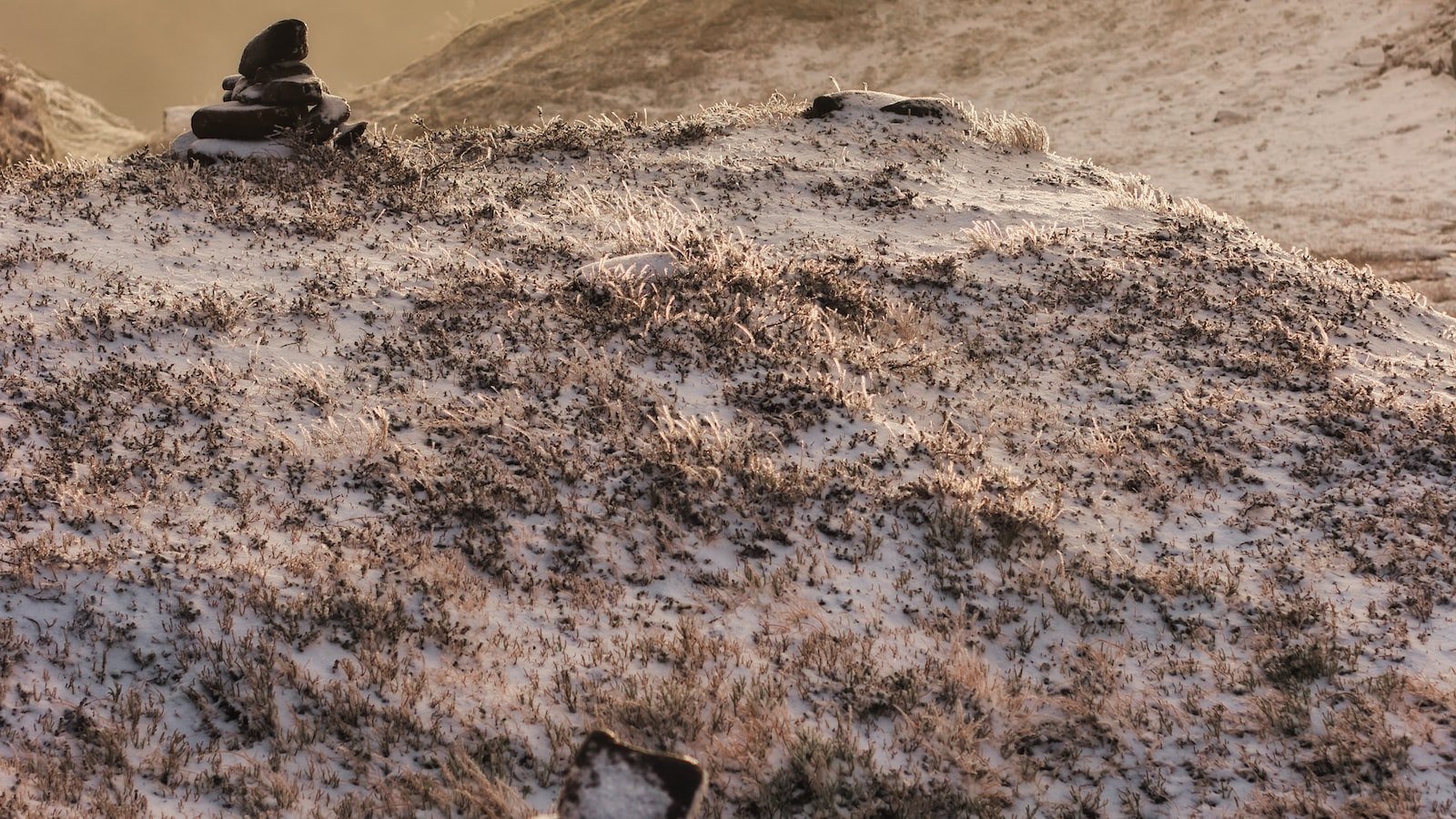
Identifying Budget-Friendly Building Materials and Techniques
When it comes to designing and constructing buildings, finding budget-friendly building materials and techniques can be a game-changer. By opting for cost-effective options, you can save money without compromising on quality or aesthetics. Here are some suggestions to help you identify the right materials and techniques for your project:
1. **Recycled and repurposed materials:** Consider using materials that are recycled or repurposed to reduce costs. Items like reclaimed wood, bricks, or vintage fixtures can add a unique touch to your building while keeping expenses in check.
2. **Exploring alternative options:** Don’t limit yourself to traditional materials. Look for alternative options that can offer the same functionality at a lower cost. For example, instead of using expensive granite countertops, consider using laminate surfaces that mimic the look of natural stone.
3. **Efficient construction techniques:** Opt for construction techniques that are efficient and minimize waste. Prefabricated components, for instance, can speed up the construction process and lower labor costs. Additionally, incorporating energy-efficient features like proper insulation and passive cooling can save money in the long run.
4. **Comparing prices and suppliers:** Research various suppliers to compare prices and quality. Don’t forget to consider factors such as durability, maintenance, and warranties when making your decision. Requesting quotes from multiple suppliers can help you make an informed choice.
5. **Utilizing smart technology:** Embrace the advancements in smart technology and automation to optimize your building’s energy consumption and reduce costs. Features like smart thermostats, LED lighting, and motion sensors can help you save on utility bills and ensure efficient resource management.
Remember, finding budget-friendly building materials and techniques doesn’t mean compromising on your vision or compromising on quality. It’s about making smart choices that align with your project goals while optimizing your budget. By exploring creative solutions such as recycled materials, alternative options, and utilizing technology, you can achieve both affordability and sustainability in your construction endeavors.
Harnessing Renewable Energy Sources for Off-Grid Power Supply
When it comes to powering off-grid locations, harnessing renewable energy sources offers an innovative and sustainable solution. Embracing the potential of solar, wind, and hydro power, we can unlock a world of untapped energy, reducing our carbon footprint and ensuring a reliable power supply.
Renewable energy sources have gained significant momentum in recent years as a viable alternative to traditional fossil fuels. Solar power stands out as a versatile renewable source, utilizing photovoltaic panels to convert sunlight directly into electricity. With advancements in technology, solar energy systems have become more efficient and affordable, making them an ideal choice for off-grid power supply. Similarly, wind power harnesses the kinetic energy of the wind, converting it into electricity through turbines. Its scalability and abundance make it a valuable resource for powering remote areas.
- Hydropower, which utilizes the energy from flowing or falling water, represents another reliable renewable energy source. Whether it is from rivers, waterfalls, or even tides, this continuous flow can be converted into electricity through turbines. Hydroelectric power plants have proven to be highly sustainable and can generate consistent power for off-grid applications.
- By capitalizing on these renewable energy sources, individuals and communities can achieve energy independence while also protecting the environment. Off-grid power supply systems powered by renewable sources not only reduce dependence on non-renewable energy but also offer a resilient and reliable solution for remote locations.
With advancing technology and increasing awareness about the benefits of renewable energy, harnessing these sources has become more accessible than ever before. Implementing efficient and reliable off-grid power supply systems can create a brighter future, free from the limitations of traditional energy sources.
Implementing Clever Water and Waste Management Systems for Long-Term Sustainability
One of the key challenges in achieving long-term sustainability is implementing clever water and waste management systems. These systems play a crucial role in conserving resources, reducing environmental impact, and promoting a sustainable future. By adopting innovative approaches and technologies, we can effectively address the growing concerns of water scarcity and waste generation.
1. Water Management:
- Implementing rainwater harvesting systems to capture and store rainwater for non-potable uses such as irrigation or toilet flushing.
- Deploying smart meters and sensors to monitor water consumption and identify leakages or wastage in real-time.
- Adopting efficient irrigation techniques like drip irrigation or precision agriculture to minimize water usage.
- Encouraging the use of greywater recycling systems to treat and reuse water from sinks, showers, or washing machines for non-potable purposes.
2. Waste Management:
- Implementing source separation programs to encourage proper waste segregation at the household and commercial levels.
- Promoting recycling initiatives by establishing recycling centers and providing convenient collection points for recyclable materials.
- Investing in composting facilities to process organic waste into nutrient-rich compost for agricultural or landscaping purposes.
- Encouraging the use of biodegradable or eco-friendly packaging materials to minimize the impact of waste on the environment.
- Collaborating with local communities and businesses to raise awareness about the importance of reducing, reusing, and recycling waste.
By implementing these clever water and waste management systems, we can significantly contribute to a sustainable future, conserving valuable resources and minimizing our environmental footprint. It requires collective efforts and continuous innovation to ensure a better tomorrow for generations to come.
Q&A
Q: Can I really build an off-grid cabin without breaking the bank?
A: Absolutely! By planning ahead, using reclaimed materials, and being resourceful, it’s possible to build an off-grid cabin on a budget. With the right mindset and a little creativity, you can make your dream cabin a reality without draining your bank account.
Q: How do I find affordable land for my off-grid cabin?
A: Start by researching rural areas or less popular regions where land prices are lower. Look for properties with minimal infrastructure, as they usually come at a lower cost. With some diligent searching, you’ll find affordable land that suits your off-grid cabin adventure.
Q: What are some eco-friendly options for constructing an off-grid cabin?
A: Consider using sustainable materials like bamboo, reclaimed wood, or even shipping containers. These eco-friendly alternatives not only reduce your environmental footprint but can also be more affordable than traditional building materials.
Q: How can I save money on off-grid cabin utilities?
A: Utilize solar power for electricity by investing in affordable solar panels. Implement rainwater harvesting techniques and practice water conservation to reduce reliance on expensive utilities. Also, consider composting toilets and energy-efficient appliances to keep costs down.
Q: Are there any DIY techniques for building an off-grid cabin?
A: Absolutely! Explore resources like YouTube and online tutorials for step-by-step guidance. Learning basic carpentry and construction skills can save you a significant amount of money on labor costs while ensuring the satisfaction of building your own cabin from scratch.
Q: Is it possible to live comfortably in an off-grid cabin on a budget?
A: Absolutely! With proper insulation, efficient heating sources, clever storage solutions, and a bit of creativity, off-grid living can be incredibly comfortable and cozy without breaking the bank. Embrace the simplicity and freedom that a budget-friendly off-grid cabin offers.
Wrapping Up
And there you have it - the essential guide to building your own off-grid cabin on a budget! By following these steps and harnessing your creativity, you can fulfill your dream of living sustainably in the wilderness without breaking the bank.
While constructing an off-grid cabin may seem like a daunting task, remember that it is an opportunity to reconnect with nature and embrace a simpler way of life. As you hammer the last nail and admire the final structure, bask in the sense of accomplishment and pride that comes with creating a haven entirely your own.
Keep in mind that the journey doesn’t end with the completion of your cabin. It’s an ongoing adventure filled with learning, adapting, and making the most of the resources you have. Embrace the challenges that come your way, and remember that off-grid living is ultimately about enjoying the freedom and self-sufficiency that nature offers.
Whether it’s building with salvaged materials, repurposing old fixtures, or harnessing alternative energy sources, taking a frugal approach to your off-grid cabin not only conserves your financial resources but also honors the environment. It’s a testament to your determination to reduce your ecological footprint and live harmoniously with the land.
As you settle into your cozy cabin, surrounded by the symphony of wind through the trees and the crackle of a warm fire, let this sanctuary serve as a reminder of the beautiful possibilities that lie beyond the constraints of modern living. Take pride in your ability to rise above societal norms and embrace a more serene, self-sustaining lifestyle.
So, gather your tools, unleash your imagination, and start this extraordinary journey towards building your own off-grid cabin on a budget. The path may be challenging, but the rewards are immeasurable. Now go forth and create your own eco-friendly haven amidst the untamed wilderness.
As an affiliate, my content may feature links to products I personally use and recommend. By taking action, like subscribing or making a purchase, you’ll be supporting my work and fueling my taco cravings at the same time. Win-win, right?
Want to read more? Check out our Affiliate Disclosure page.

